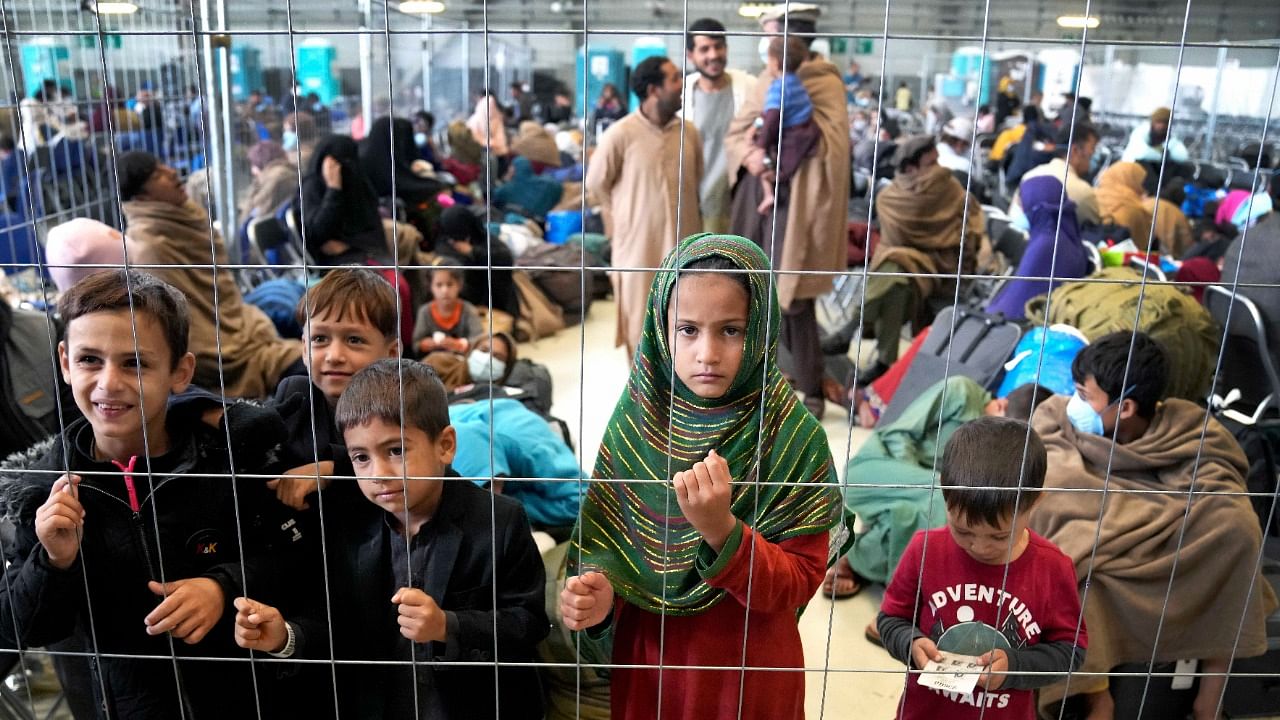
US military bases housing Afghanistan evacuees are building their own city-type leadership organisations to deal with sanitation, food and other challenges as the numbers of Afghans coming into the US grows.
Air Force General Glen VanHerck, who heads US Northern Command, said there were more than 25,000 Afghan evacuees being housed at the eight bases as of Friday.
He acknowledged there have been problems as the bases grapple with language, cultural and other issues.
He told Pentagon reporters that he's "building eight small cities, we're going to have challenges.”
He said the bases have designated a military officer as a “mayor” to be in charge of a couple dorms or housing units and an Afghan counterpart who can communicate about any ongoing issues.
He said Northern Command has asked the Defense Department for additional linguists who are fluent and can speak with the Afghans.
The US military will eventually be able to house as many as 50,000 Afghanistan evacuees at the eight bases around the country and won't likely need to tap additional facilities, said VanHerck, who is also the head of the North American Aerospace Defense Command (NORAD),
Afghans at the bases are divided, with single males and single females in separate housing, and families walled off in their own sections where possible to provide privacy.
So far, he said, there have been few problems with evacuees testing positive for Covid-19, and he has heard of no serious security problems.
A defense official said the number of Afghans at each of the eight bases will fluctuate over time, but as of Friday the approximate totals were: Fort McCoy, Wisc., 8,800; Fort Bliss, Texas, 6,200; Fort Lee, Va., 1,700; Joint Base McGuire–Dix–Lakehurst, N.J., 3,700; Holloman Air Force Base, N.M., 650; Marine Corps Base Quantico, Va., 800; Fort Pickett, Va., 3,650 and Camp Atterbury, Ind., 65